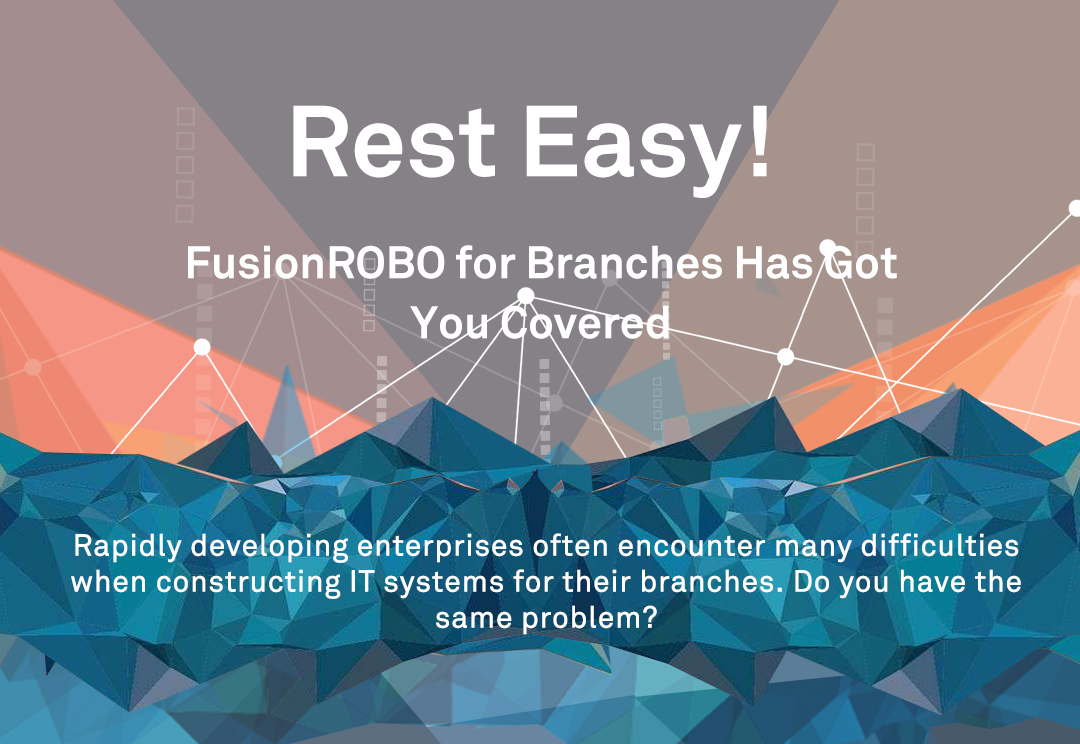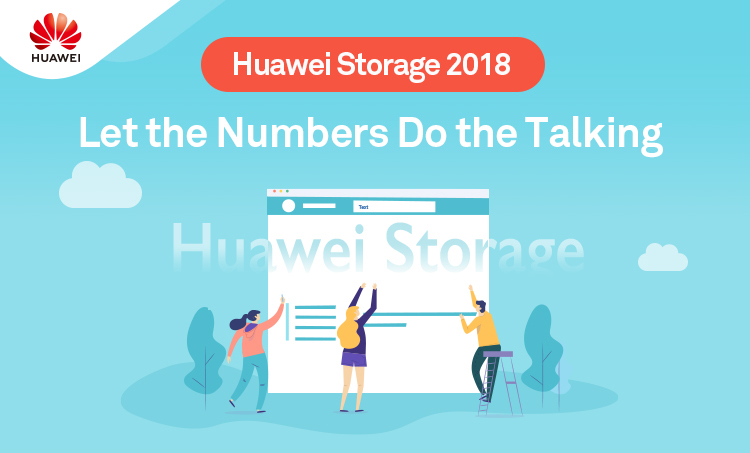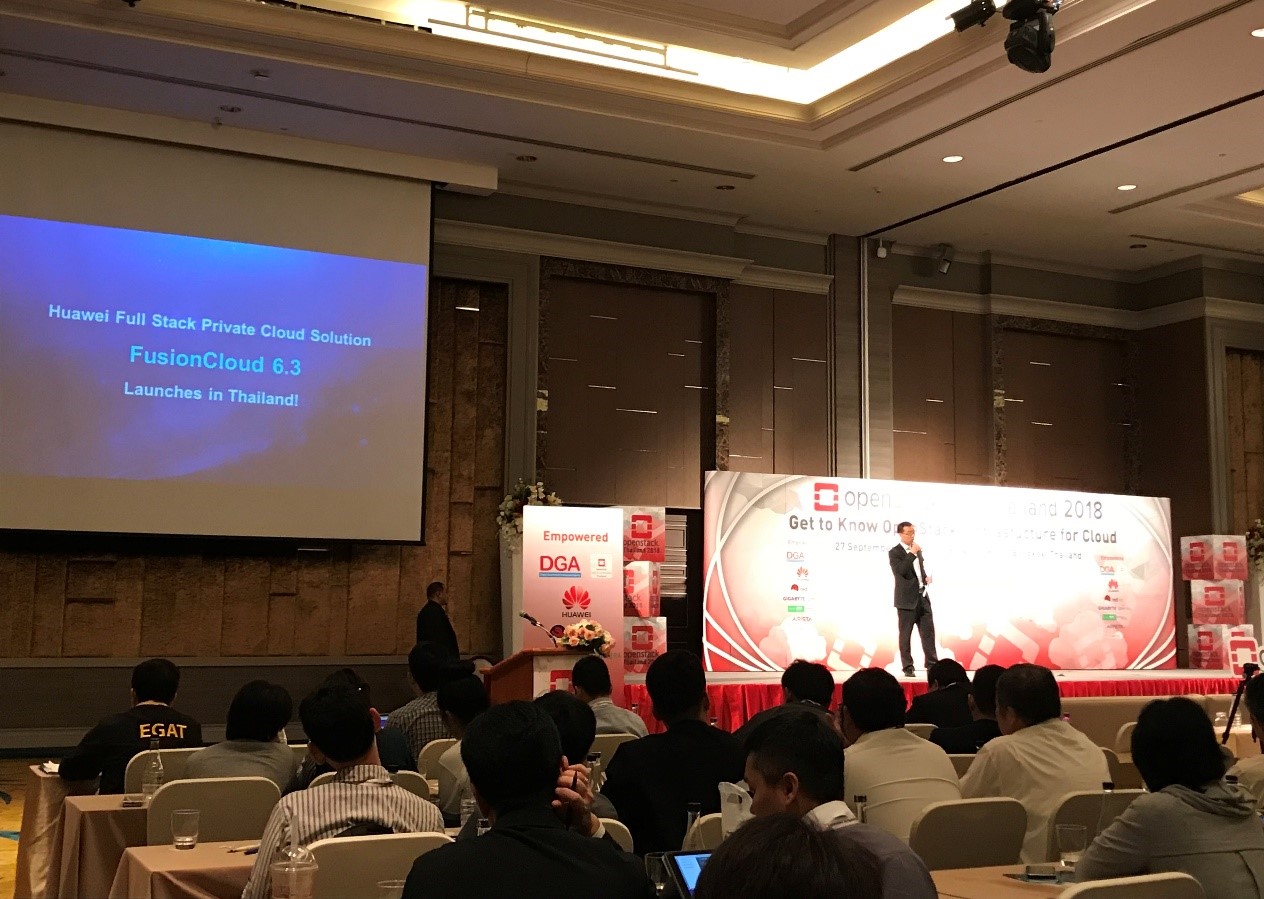If you work in an IT department and manage cross-regional offices, you’re probably all too familiar with these problems: Numerous scattered branches cannot be managed in a unified manner, costs are high, and inefficiencies abound, especially when it comes to deploying and updating applications.
Nowadays, it is easier than ever to manage the infrastructure of global or national offices. It’s possible to get things done on the go, whether you are on the train using your laptop, or sitting in a cafe using your mobile phone.
In those remote areas where centralized computing and storage resources are unable to respond immediately, traditional deployment methods are insufficient. As a result, edge computing has become a crucial part of IT strategy for enterprises undergoing digital transformation.
One company making great efforts to improve its edge computing network is China National Aviation Fuel Group Limited (CNAF). It has built a global aviation fuel and refined oil sales network, as well as a complete petroleum products logistics distribution system, to provide oil supply facilities for 215 airports in China and 46 airports outside China, serving more than 300 airline customers across the globe.
In China, 33 main airport sites support IT applications related to the refueling system of CNAF. Like all companies that wish to deploy edge computing infrastructure in their branches, CNAF sees a number of advantages in edge computing: Low latency, stability, security, and flexibility.
Behind the success of CNAF is the Huawei FusionROBO Solution for Branches. FusionROBO, which was deployed at all 33 sites, provides cabinet-based delivery of devices such as converged servers, storage devices, switches, firewalls, routers, and UPSs. The solution, which had never been deployed on a large scale before this, has enabled CNAF to shorten the construction period of IT systems from two to three weeks to just a few hours.
When CNAF formally agreed to share its ICT infrastructure construction experience with the industry, the professional local O&M had already been replaced with FusionROBO Manager, software that is used for remote and centralized management. With FusionROBO Manager installed on PCs and mobile devices, ICT facilities and application systems at aviation fuel stations can be centrally managed.
According to the release practice of enterprise-grade products, the product solution is officially released only after these preliminary cases are implemented and verified.
In the wake of the successful deployments for CNAF, Huawei officially released FusionROBO Solution for Branches during HUAWEI CONNECT 2018.
Huawei reiterated the unique advantages of the cabinet throughout the release conference, with a particular focus on the fast IT system deployment praised by CNAF. Huawei said that FusionROBO supports plug-and-play, which shortens the average deployment time by 90%. In addition, customer’s O&M costs can be reduced by about 65%, thanks to remote O&M management.
Huawei FusionROBO Solution for Branches contains three models: FusionROBO 600, FusionROBO 900, and FusionROBO 2000, which are specially designed for small, medium, and large enterprise branches, respectively.
Since its release, the FusionROBO solution has found favor with the kinds of large companies that have globe-spanning business networks. Its appeal goes beyond the specifications of the product solution itself, owing a lot to global ecosystem partners and Huawei’s ICT delivery and service capabilities.
The FusionROBO is representative of Huawei’s unique strengths in edge computing scenarios. Features exemplified by the FusionROBO solution can be seen throughout Huawei’s entire ICT product line, supply chain manufacturing, and ecosystem.
Another company that has implemented FusionROBO solution is the independent software vendor (ISV) serving the IT projects of Shanxi Administration of Coal Mine Safety. This ISV combines the FusionROBO management software with its own software, enabling them to create their own innovative solutions for the mining industry.
This has helped the ISV build a strong relationship with the client. In the eyes of customers today, traditional integrators are out of date and suppliers have become indispensable service providers for business development.
In this project, the ISV introduced Huawei’s intelligent FusionROBO Installer delivery tool to help customers reduce costs by about 70%. Meanwhile, the construction period of information infrastructure in mining areas was greatly shortened, and the delivery time was reduced to about three days.
Demand for reduced IT construction time is almost ubiquitous across the many industries undergoing digital transformation today. One industry in particular is the retail industry. Retail applications must locally process data from stores or sensor networks, which means the “traditional” cloud computing, with its data latency, is too slow for the industry.
Système U, with an annual sales revenue of EUR € 31.2 billion, is one of the largest supermarket groups in France. The company has a business area of 3.37 million square meters and more than 1500 franchises. Système U deployed Huawei FusionROBO Solution for Branches at the franchise supermarkets. This is largely because the retail industry demands efficiency, especially with regard to digital transformation.
In addition, the pursuit of unified management and O&M remains unchanged. Thus far, 1500 sites under Système U have achieved unattended operation.
For the companies and branches mentioned above, edge computing brings more convenience and efficiency, as well as new marginal advantages in terms of service competitiveness. Especially when these companies face the situation where trending technologies lead the business transformation, such competitiveness is a necessity.
When discussing the contradiction between edge computing and cloud computing at branches, Thomas Bittman, Vice President of Gartner, pointed out that, because people need to interact with their digital auxiliary devices in real time, it is unrealistic to leave the management operations to data centers that could be up to tens of miles away.
Following this, the evolution of technologies such as AI, Big Data, and intelligent Internet of Things (IoT) will be further amplified.
According to Gartner, in 2019, the total amount of interconnected things will reach 14.2 billion, and the number will reach 25 billion by 2021. Needless to say, the amount of data produced will be massive. AI will be applied to various types of IoT information, including video, static images, voice, network traffic activity, and sensor data.
Gartner believes that edge computing will provide AI capabilities for tens of billions of terminals in the future, forming a smart world of perception, connectivity, and intelligence, allowing enterprises to win the last-mile battle of AI.
Right now, it seems too early for the general public to have in-depth experiences of this kind of AI, but if you happen to go to your local Wanda cinema this weekend, then spare a thought for the hard-working FusionROBO system that makes Wanda’s operations possible.
Wanda is Asia’s No.1 cinema chain, and the ICT infrastructure in all of its locations is based on FusionROBO, including the projection management system, ticketing system, snack sales system, and advertising playback system. Just walking through the lobby of any Wanda cinema should give you a taste of what FusionROBO is capable of.
The post A Cure for the Anxiety of Branch Management appeared first on Huawei Enterprise Blog.
Source: Huawei Enterprise Blog
—






































 [Bangkok, Thailand, Sep 27th, 2018] Today, Huawei officially releases the next-generation enterprise-class full-stack private cloud solution FusionCloud 6.3 for Thailand Region at the Keynote of OpenStack Day Thailand. With the architecture of one cloud, one lake, and one platform, this solution aims to revamp cloud infrastructures and help enterprises move toward the age of digitalization.
[Bangkok, Thailand, Sep 27th, 2018] Today, Huawei officially releases the next-generation enterprise-class full-stack private cloud solution FusionCloud 6.3 for Thailand Region at the Keynote of OpenStack Day Thailand. With the architecture of one cloud, one lake, and one platform, this solution aims to revamp cloud infrastructures and help enterprises move toward the age of digitalization.